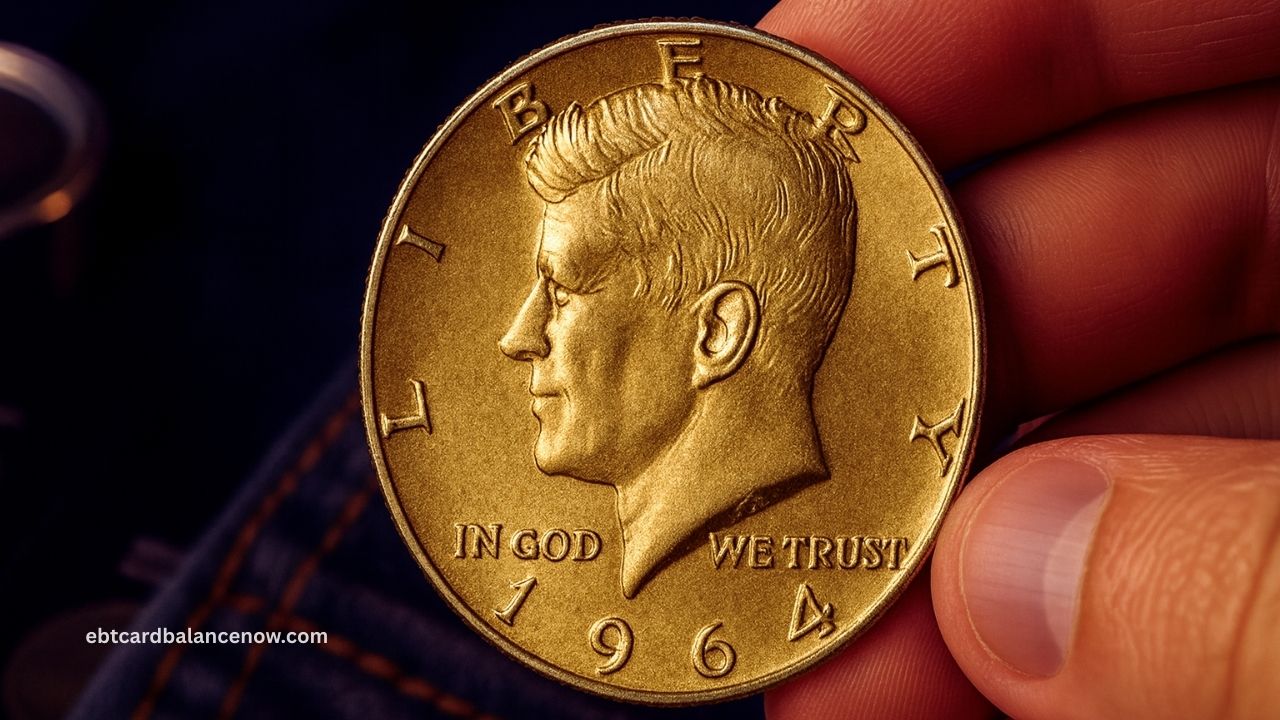You’ve probably seen dramatic headlines claiming a $3.3 million Kennedy half dollar is “still in circulation.” That number? Pure myth.
While no Kennedy half dollar has ever legitimately fetched millions, a few genuinely rare versions have reached impressive—but realistic—personal-finance-changing sums.
Let’s dive into what’s real, what’s hype, and how to check your change for valuable Kennedy halves.
What’s Real vs. What’s Myth
The idea of a circulating $3.3 million Kennedy half is a sensationalized urban legend, typically crafted from exaggerated claims and click-bait headlines.
Authentic high-value Kennedys are limited to special proof or Special Mint Set (SMS) coins from the 1960s and early 1970s. These pieces are cherished by collectors—but they’re from controlled releases, not loose change.
Genuine Rare Varieties and Market Records
Here are the Kennedy half dollar varieties that have actually sold for significant sums:
| Coin Variety | Date / Mint | Identification | Top Known Sale | Found Loose in Circulation? |
|---|---|---|---|---|
| 1964 SMS (Special Mint Set) | 1964 | Satin/specimen finish, razor-sharp detail | Around $150k | No – set coin |
| 1964 “Accented Hair” Proof | 1964 | Extra hair detail above JFK’s ear | Around $30k+ | No – proof coin |
| 1967 SMS Deep Cameo (DCAM) | 1967 | High contrast, frost on devices | Nearly $4,000 | No – set coin |
| 1972-D “No FG” Variety | 1972-D | Missing designer initials “FG” on eagle rear | Over $2,000 | Extremely rare but possible |
| 1970-D (High-Grade Mint Set) | 1970-D | Mint set only, rarely perfect condition | A few-thousand dollars | No – mint set coin |
Why We Don’t See $3.3 Million Sales
- No verified Kennedy half has ever crossed the million-dollar threshold.
- The most valuable are proof and SMS struck coins—extremely limited in number and never intended for general circulation.
- Regular circulated coins, even in high grade or rare variety, don’t approach that mythical value.
How to Spot Potential Value in Your Change
- Check the date and edge composition:
- 1964 — 90% silver (bright silver edge).
- 1965–1970 — 40% silver (slightly duller edge).
- Inspect for varieties:
- Flip a 1972-D and look for missing FG initials (“No FG” variety).
- Look for proof-like qualities:
- Proof or SMS coins have sharp details, mirror or satin surfaces, and crisp fields—far beyond ordinary circulation strikes.
- High-grade condition matters:
- Even a circulated coin, if ultra-sharp and well-preserved, can fetch more, especially if it matches a known collectible variety.
That sensational “$3.3 million Kennedy half” isn’t real—but that doesn’t mean your pockets are worthless. While such figures are wildly inflated, there are genuine rare Kennedy half dollar varieties that sell for thousands, not millions, especially when certified and authenticated.
It’s always worth examining your change carefully. You might uncover a rare gem—or at least enjoy the thrill of treasure hunting in your own pockets!
FAQs
What’s the most a Kennedy half dollar has actually sold for?
The highest-value examples—rare SMS or proof issues—have sold in the $30,000 to $150,000 range, not millions.
Can a Kennedy half you find in circulation be valuable?
Yes, but only if it’s a rare variety, like 1972-D “No FG”, is in exceptionally high grade, or has proof/SMS characteristics.
What should I do if I think I found a valuable Kennedy half?
Don’t clean it. Store it safely and consider sending it to a reputable coin grading service for authentication and certification—this can maximize its value.

